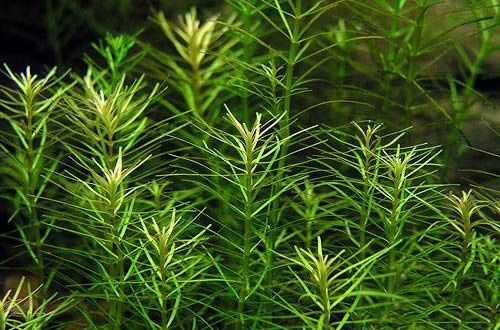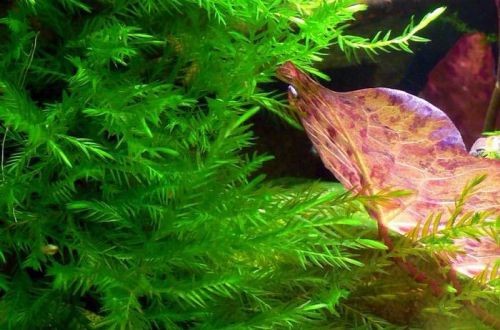
Elodea Nuttall
Elodea Nuttall, scientific name Elodea nuttallii. The plant takes its name from the zoologist and biologist Thomas Nuttall (1786–1859). After its discovery in 1848, it was described as Anacharis nuttallii, but in 1920 it was transferred to the genus Elodea.
The homeland of this plant is North America, where it grows mainly in limestone lakes and rivers with high water hardness. In the XNUMXth century, it was brought to Europe and successfully took root, becoming an invasive weed species prone to active growth in polluted waters near settlements.
In the aquarium trade, another closely related species is more well-known – Elodea canadensis, whose name is often used in relation to Elodea Nuttall because of their similarity. Both species have a long, sparsely branched stem that, in a favorable environment, can grow to a length of more than a meter. Leaflets are located directly on the stem, three at each node (whorl). A distinctive feature of Elodea Nuttall lies in the structure of its leaf blades. They are noticeably longer, and the tips are curved or twisted.
Hardy and unpretentious plant. Optimum growth conditions are found over a very wide range of temperatures and pH/dGH values. It does not need additional nutrition, being content with what the fish produce. It is used as a floating plant in the aquarium. There are roots, but they are more likely to hold the overgrown clusters in place than for full rooting. It is not recommended to plant in ponds (actually regions with a warm climate), from where it can get into the wild and negatively affect the local flora.





